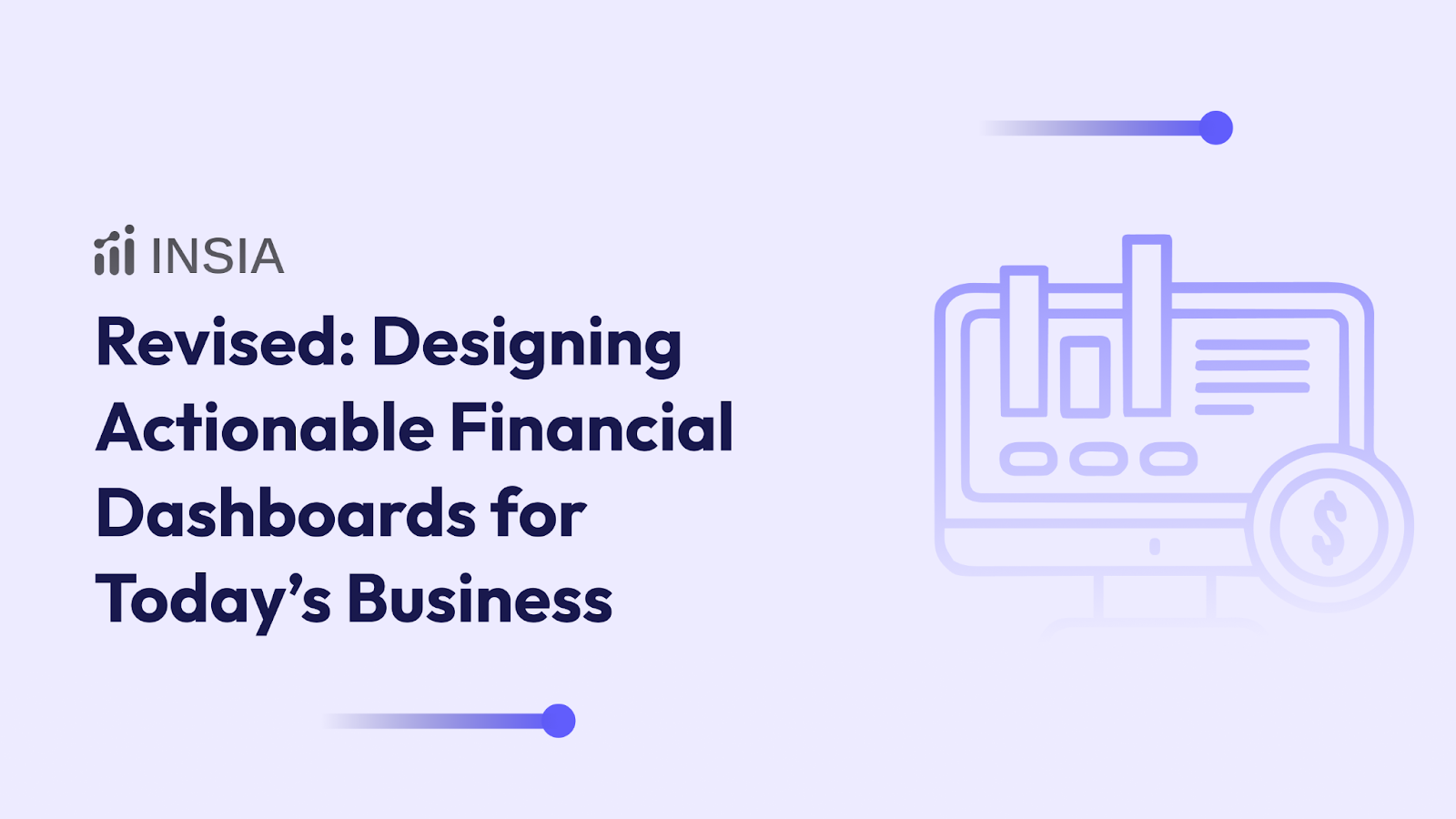Business intelligence (BI) tools can be great for accessing important data. However, knowing the different ways you can access your data using BI tools is essential.
Using the right tool could lead to over-reliance on specific software and make managing your information more accessible.
These tools have Several attributes, and choosing the right one might take a lot of work. To make it easier, here are five ways that business intelligence tools can help you access essential data in your business:
1. Improve data visualization
The first way that the best BI tools can help you access important data is by improving how you visualize it. Data visualization is one primary reason we need business intelligence—to make sense of large amounts of information. It allows you to see things in a way that makes more sense and helps you understand what is happening in your business at any given time.
These tools allow you to easily display data so that it is easier for people to understand what is going on with your company. This can help them make better decisions based on the information they have and ultimately improve their productivity.
They provide several charts, graphs, and other visual aids that make it easier for people to understand their data. These tools often come with pre-built templates that you can customize to suit your needs.
2. Access real-time reporting
This feature allows you to view all of the data in your business, even if it’s not already stored on your computer. Once someone changes or enters new information into their system, it will automatically be updated in the cloud and reflected in real time on your end. This can help you stay ahead of the curve when making your company’s growth decisions.
Real-time reporting lets you see what is happening with your business at a time. The data will be updated in real-time, so you always have the most up-to-date information. This can help you make better decisions and ultimately improve productivity, which one study found to be the top BI software benefit for 48% of businesses surveyed.
Data analysis software solutions provide real-time reporting so that you can see how your business is performing at any given time. They allow you to monitor things and make changes as needed instead of waiting until the end of the day to check in with your team. This can help improve productivity and efficiency, especially if people complete tasks throughout the day rather than all at once.
3. Data analysis
In addition to real-time reporting, business intelligence applications provide in-depth data analysis. This feature makes businesses make critical decisions five times faster. This can help you better understand how your business is performing, which can help you improve productivity and other business areas.
For example, if sales are down this month, a CRM tool will allow you to see precisely why this is happening so that you can get ahead and address any issues before they become a bigger problem or cause additional damage.
Data analysis can be a very time-consuming process. It would help if you looked at all of your data, found trends and patterns, and made decisions based on those findings. This is especially true for businesses with much data to work through.
However, using real-time reporting tools, you can reduce the time it takes to analyze your data by providing it in real-time instead of waiting until the end of the day for reports.
4. Create a customer dashboard.
Another way to use real-time data reporting is to create a customer dashboard. This allows you to see how your customers are interacting with your business at any given time so that you can address issues before they become more significant problems or cause additional damage.
You can also use this information to decide pricing, promotions, and other marketing strategies based on what’s happening. Checking out some CRM software examples also helps, as you can integrate it with your existing systems for innovative customer management.
A customer dashboard is an excellent tool for businesses to track customers’ needs and satisfaction. It can help you identify patterns in your data, improve customer service, and get better insight into what is happening with your business overall.
5. Explore and create key performance indicators.
A key performance indicator (KPI) is a measurement that shows how well your business is performing. You can use KPIs to track your progress toward goals, identify areas where you need improvement, and measure the effectiveness of activities or initiatives.
It’s important to choose KPIs relevant to your business model and tell you something meaningful about how well it’s working.
A KPI is a metric that measures the success of your business, and it’s essential to create KPIs for your customer dashboard. A KPI tells you whether or not you’re meeting your goals—and if not, what needs to be done differently.
Make relevant data readily available to everyone who needs it.
The global BI tools market will grow to $33.3 billion by 2025. This growth is mainly due to its ability to make critical information available to the people and departments needing it most. They can be an invaluable asset to a business that wants to track performance, keep tabs on its processes, and make data accessible.
It’s good practice to read BI tool comparisons and know the vital questions to ask before choosing the best BI solution for your business. Some are good for big data, some for creating quality reports, and some for generating interesting visualizations to engage your audience.
















